John Hurrell – 6 August, 2013
With the new work linear drawings of modernist chair design have been introduced, with intricate parallel lines buried within dramatically sweeping knot-like forms, the furniture upright or inverted. There is a hint of the Book of Kells (or Celtic motifs) in Hill's twisting (but flat) renditions of Eileen Gray and Ruhlmann chairs.
In many ways this is a typical Georgie Hill exhibition with its extraordinarily precise drawings that feature her distinctively fine line and insistent decorative rhythms. There are changes: there’s less emphasis now on deep architectural space and domestic bedrooms. They are still present, but overall the picture plane is shallower.
With the new work linear drawings of modernist chair design have been introduced, with intricate parallel lines buried within dramatically sweeping knot-like forms, the furniture upright or inverted. There is a hint of the Book of Kells (or Celtic motifs) in Hill’s twisting (but flat) renditions of Eileen Gray and Ruhlmann chairs. Whilst some of her eight framed images are quite complicated spatially with their floating forms with different perspectives, many have shimmering, vaguely paisleylike background patterns, a marbling constructed out of graphite and watercolour on wet paper.
Others with red criss-crossing trellises make good use of unadorned backgrounds, where her pristine geometry is clear and simple. Sometimes the distant space enclosed within an ‘empty’ shape has faint colouration as a nuanced contrast to the plain white paper outside the image.
In earlier shows Hill’s formidable technique has occasionally been a successful distraction from the slight awkwardness of her planar composition, but here she seems to be blending the two aspects more shrewdly, more evenly. Rigidly vertical straight edges have usually been an essential part of her visual repertoire, but now they are not so dominant. The ambience has become softer and more gently mesmerising because of her ubiquitous use of rippling patterns; the compositions more centralised, the linear aspects bolder.
There is an inward-looking (but unfashionable) quality to Hill’s work I’m quite sympathetic to: the artist in their isolated little attic pottering away with their materials, studying the patterns on the walls while the world goes by outside. For all the hermetic ambience, I admire her individuality in matters colour and her technical obsessiveness, and the resulting works on paper that in her own terms are getting more accomplished as the years go on.
John Hurrell
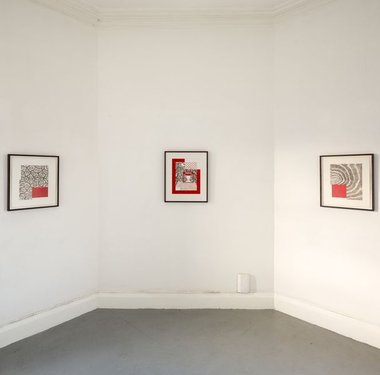
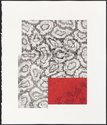
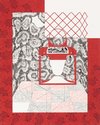
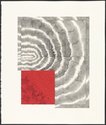

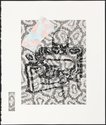
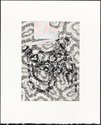
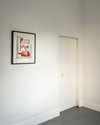
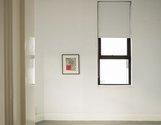
 Advertising in this column
Advertising in this column Two Rooms presents a program of residencies and projects
Two Rooms presents a program of residencies and projects



This Discussion has 0 comments.
Comment
Participate
Register to Participate.
Sign in
Sign in to an existing account.